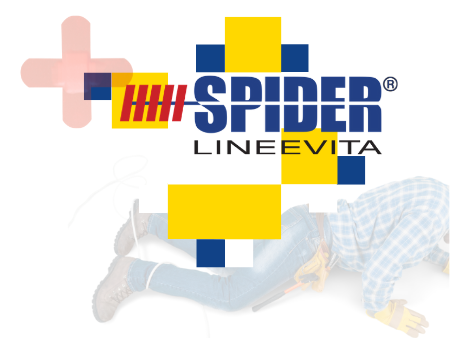
We know well that when we talk about work at high altitude, we refer to different types of work, which are carried out in many sectors, and which are carried out at least at a height of more than 2 meters compared to a stable plan (work at height). Confirmed by the many surveys made over the years, even in the most recent one, that the major cause of accident, in the construction sector, is precisely due to the fall from above or in depth (confined spaces).
The Construction sector shows a greater number than the other sectors. Based on the latest analysis conducted by Inail and detailed in sheet 18 , between 2014 and 2018 we have an average of 32 thousand injured per year, about 10% of cases.
The accident risk of the sector, as described in the report, varies depending on the activity.
The Constructions (Ateco 2007) contain three divisions as follows:
The three divisions are all on an above-average level of risk.
The most frequent types of accidents in the construction sector (Figure 3), are the falls of workers from a height, a mode that alone groups more than half of the accidents (54%), the falls from a height of objects and loads on workers (12%), the loss of control during the driving of vehicles (7%). These first three modes of occurrence of accidents together represent almost 3/4 of the data-set analyzed. (source: Surveillance system for fatal and serious accidents at work)
Going into more detail, it is noted that the falls from a height of workers occur mainly from equipment for work at height, scaffolding and portable
ladders, datetti/roofs or from other parts at height such as floors and balconies without the necessary systems of protection of workers against falls from a height.
This is the table that collects the main risk factors.
In the fall from a height, as reported by the Inail data, the critical factors are mostly related to the PPE and procedures inherent during the performance of the work.
The Infor.Mo database revealed around 1,173 risk factors. Errors in the operating methods of workers occur “both for impromptu actions (54%) and due to problems attributable to managerial-organizational aspects, such as training, information, training (17%) and unfair practices usually tolerated in the company (26%).” (source Infor.Mo: Surveillance system for fatal and serious accidents at work)
Read the document from which the article is taken.
Infor.mo., Sistema di sorveglianza degli infortuni mortali e gravi, “Infortuni in edilizia: caratteristiche, fattori causali, misure preventive”, scheda n. 18 a cura di A. Guglielmi, A. Leva, G. Campo e V. Meloni (Inail, Dimeila), P. Conte (Regione Sicilia – Assessorato della salute DASOE) e A. Leonardi (Regione Sicilia, Dipartimento di prevenzione ASP), edizione 2022.
 Agevolazioni
Agevolazioni  Events
Events